- Joined
- Jun 8, 2009
- Messages
- 21,747
B2C Jewels director of consumer education Brian Pollard has contributed a new Pricescope Journal article outlining the differences between the ASET and Ideal-Scope diamond evaluation tools.
Read the full article featuring both ASET and Ideal-Scope imagery to better understand what these tools offer and how they are used to assess a diamond's light performance. What ASET reveals that Ideal-Scope does not
Brian, thank you for your contribution to the Pricescope Journal.
Read the full article featuring both ASET and Ideal-Scope imagery to better understand what these tools offer and how they are used to assess a diamond's light performance. What ASET reveals that Ideal-Scope does not
There are people who claim that you only need a grading report, an idea of proportions and the ability to see a diamond in real-life to get the evaluation you need. But a growing segment of the industry, and many consumers armed with knowledge found on PriceScope, rely on images of diamonds using tools to arrive at a superior assessment of diamond performance than a non-descriptive grade on a lab report. Indeed, there are vendors who have developed lines of top-performing diamonds which use Ideal-Scope and ASET as proof of the performance pedigree.
Brian, thank you for your contribution to the Pricescope Journal.


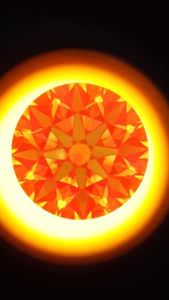
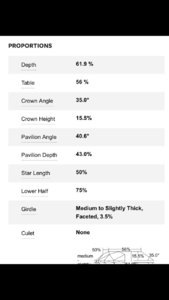
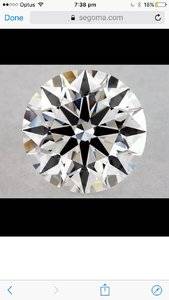
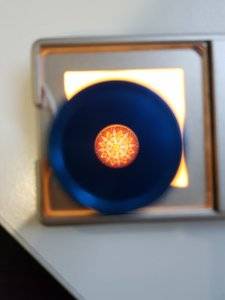
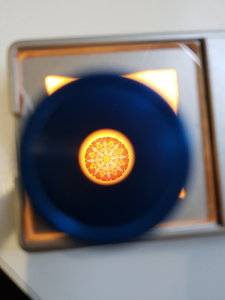
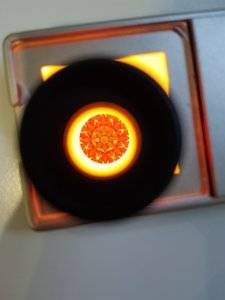
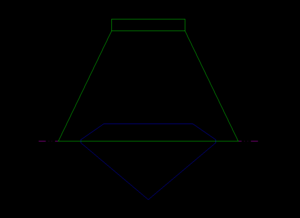
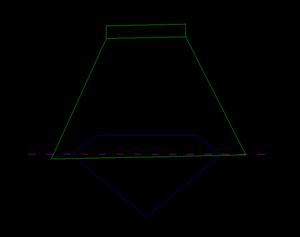

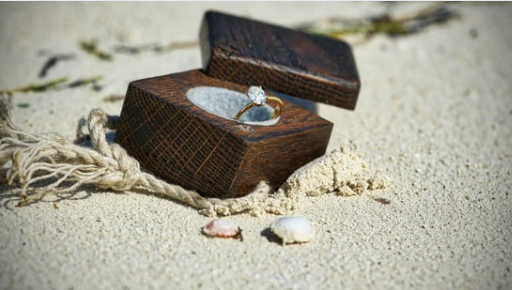

300x240.png)